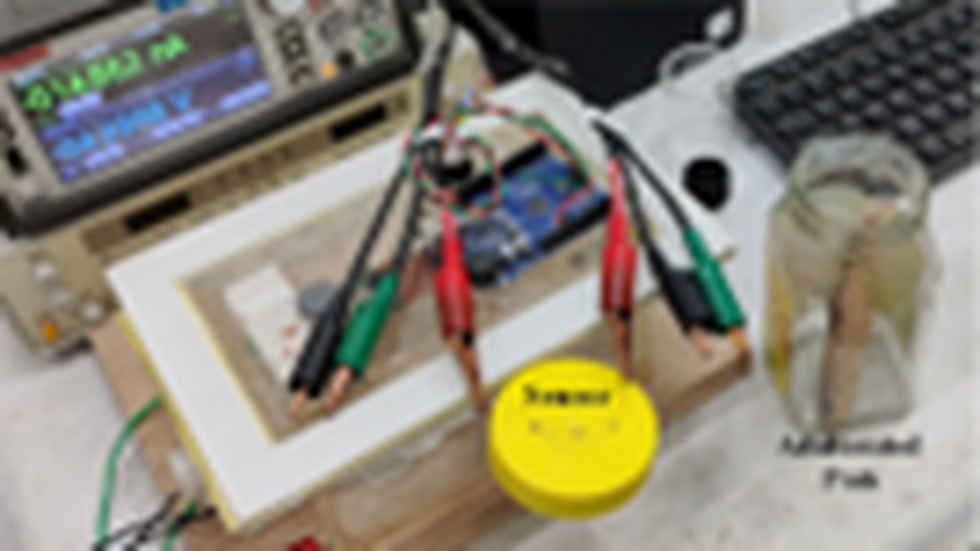Scientists have developed a revolutionary low-cost sensor that can detect formalin in fish, even at room temperature and without harming the fish itself. This means safer fish for everyone, especially in developing countries where formalin use is rampant.
Formalin, a harmful chemical used as a preservative, is illegal in many countries due to its carcinogenic nature. Current methods for detecting formalin are either expensive or damage the fish, making them impractical for everyday use.
This new sensor, made of metal oxide nanoparticles and reduced graphene oxide, overcomes these limitations. It’s cheap, accurate, and doesn’t harm the fish. It works by detecting the formaldehyde gas released by formalin-treated fish.
Here’s what makes this sensor special:
- Non-invasive: No more cutting or damaging fish samples!
- Room temperature detection: No need for expensive equipment or cold storage.
- Low-cost: Makes it accessible for widespread use, especially in developing countries.
- Highly sensitive: Can detect even trace amounts of formalin.
This breakthrough is the work of Dr. Hemen Kr. Kalita and his team from the Nanomaterials and Nanoelectronics Laboratory at Guwahati University, Assam. Their research, supported by the DST-PURSE program, has already shown promising results in both lab tests and fish market samples.
The team is now developing a prototype sensor device, which could revolutionize the way we ensure the safety of our seafood. This innovation has the potential to protect consumers, boost food safety standards, and empower local fish markets across the globe.
